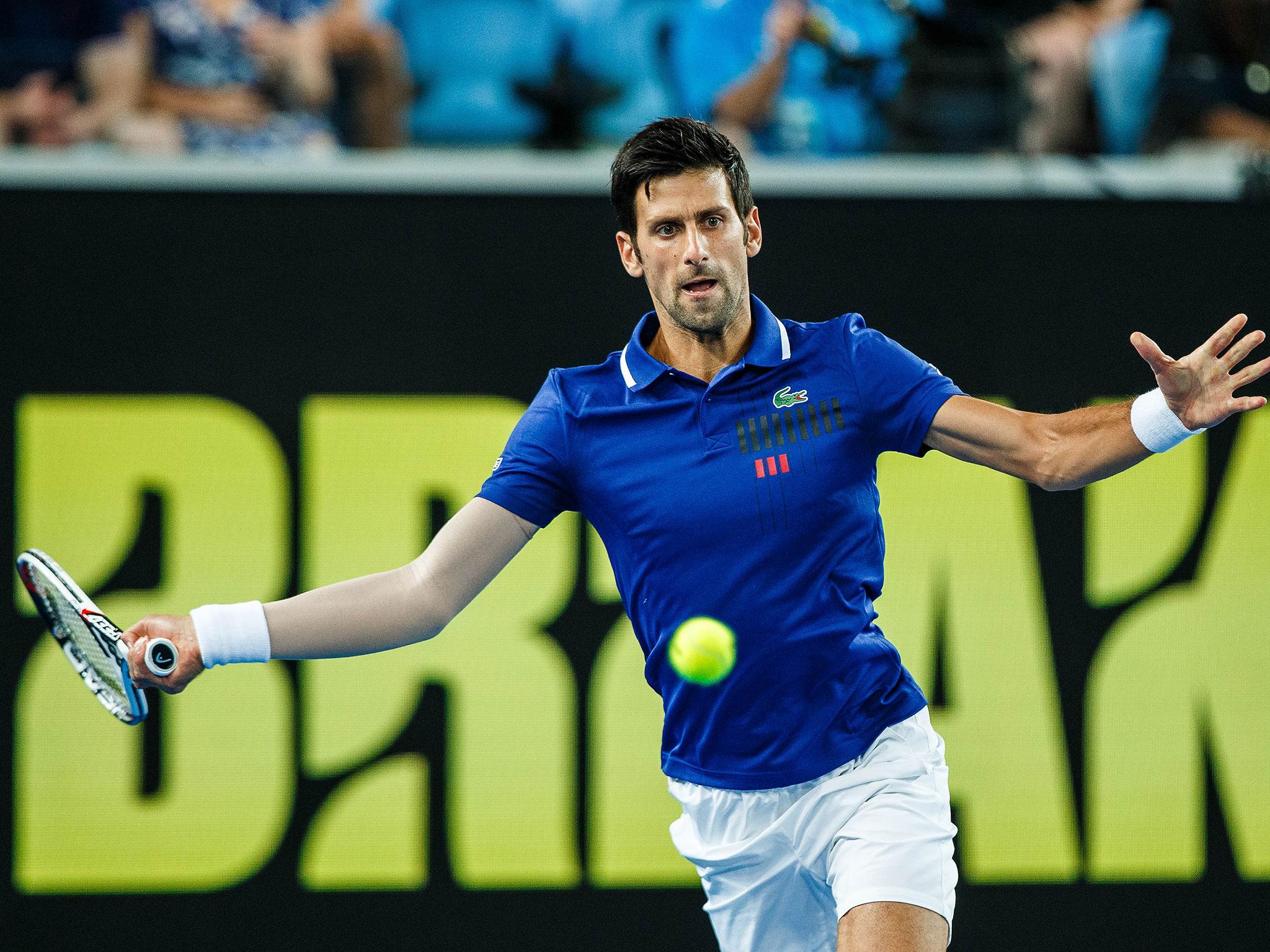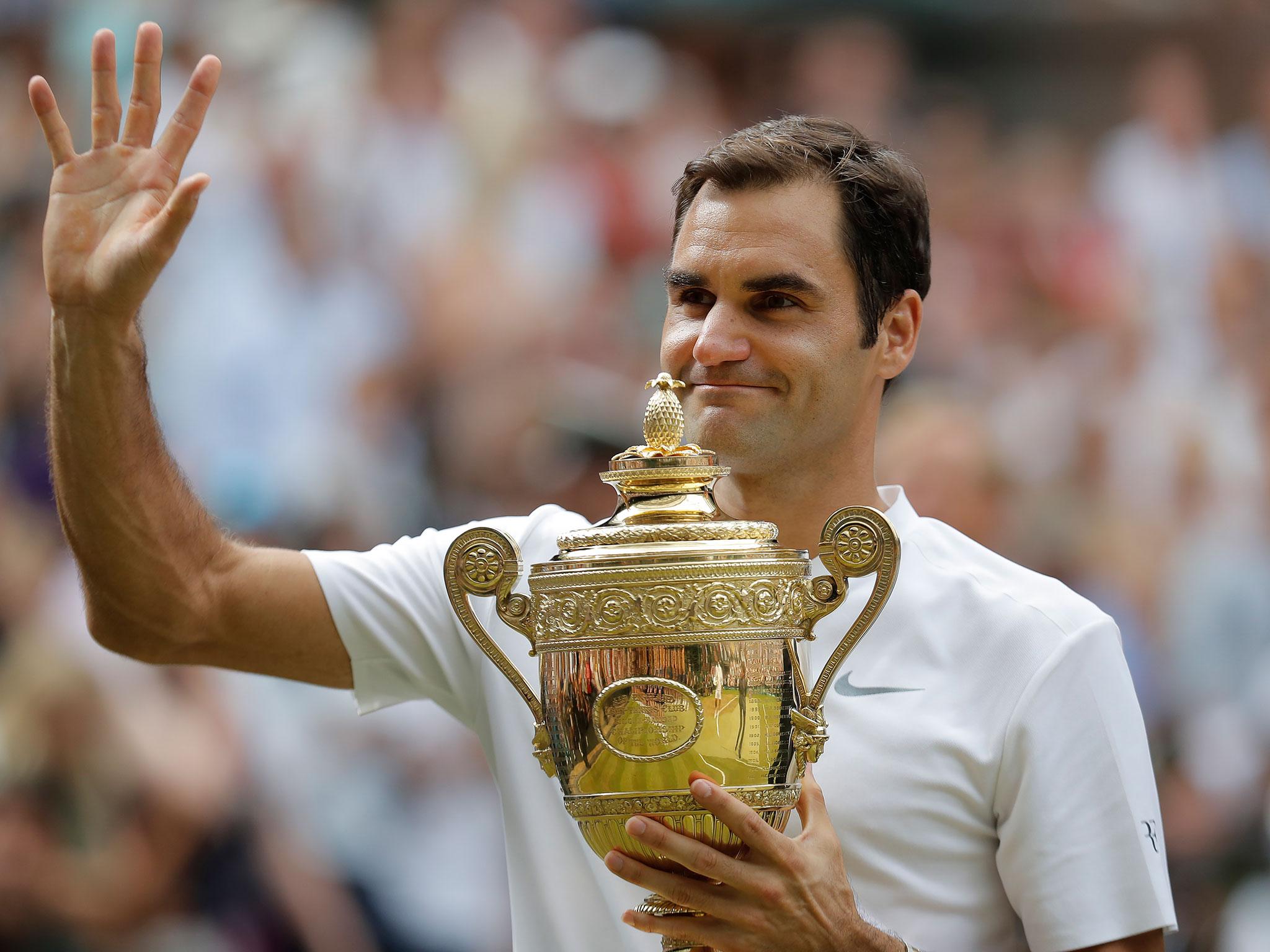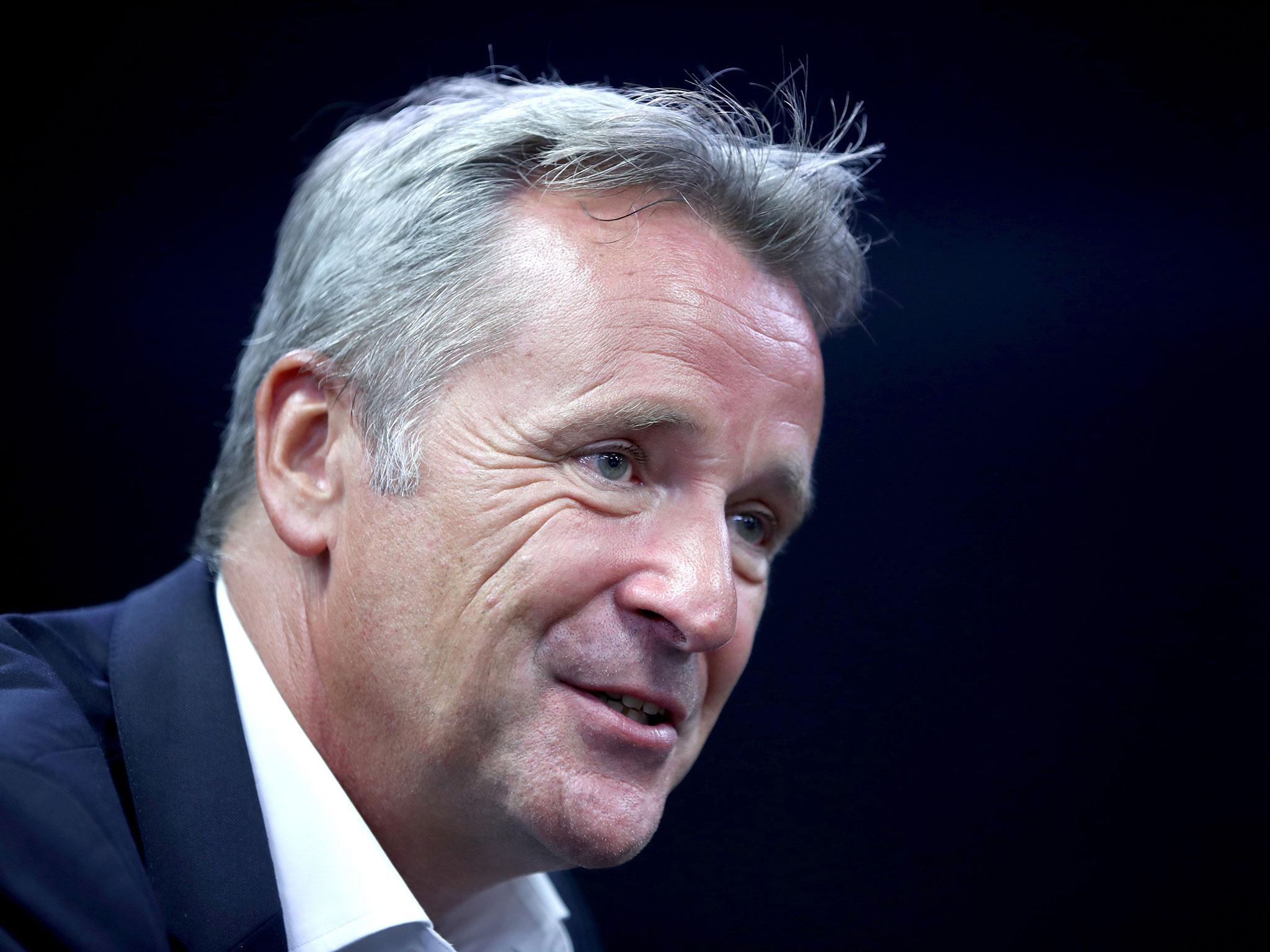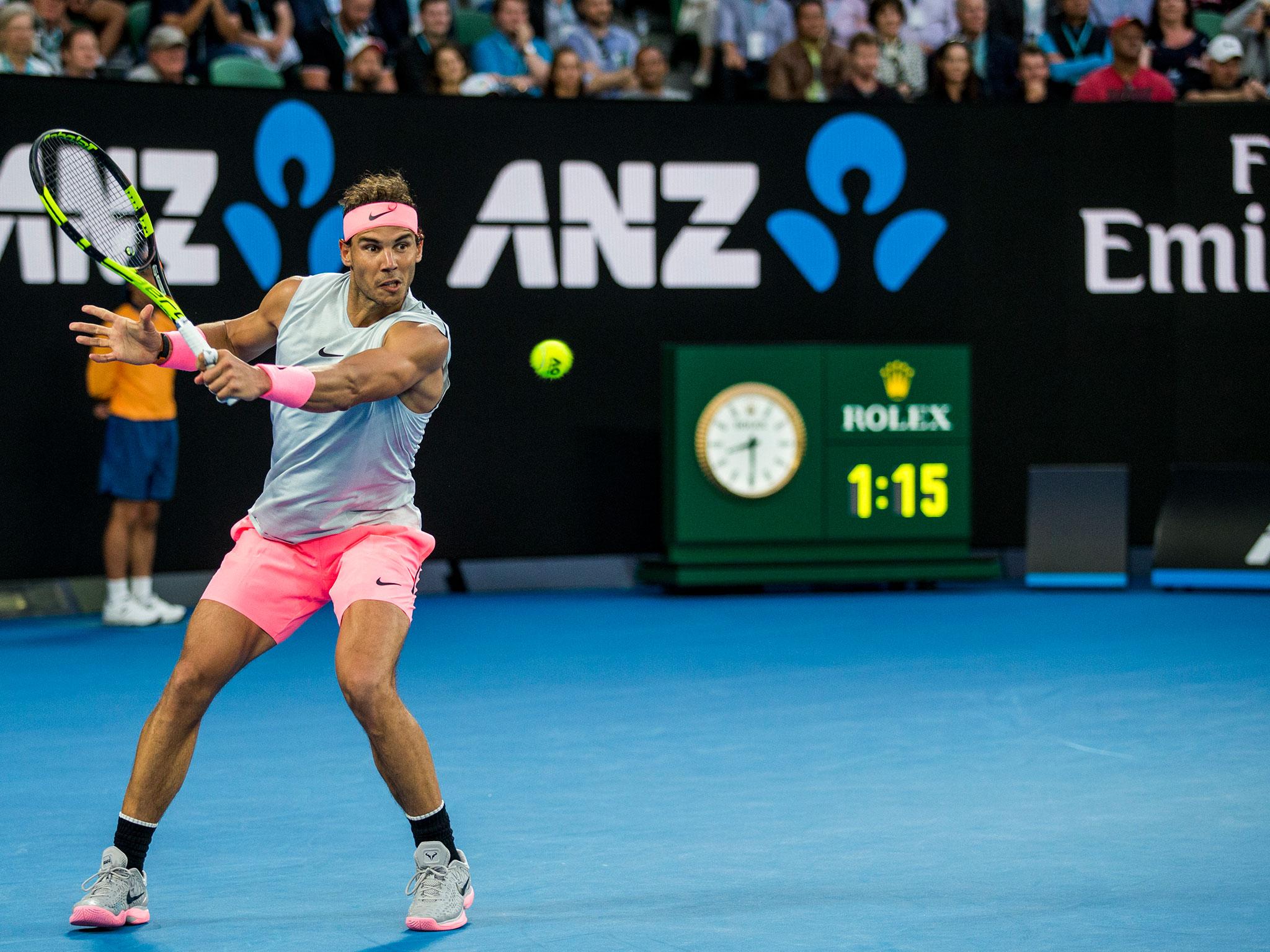Novak Djokovic's calls to increase prize money share met with mixed response from tour players
At the heart of the issue is the question of what percentage of total revenues at the Grand Slam tournaments is fed back to the players in the form of prize money

Your support helps us to tell the story
From reproductive rights to climate change to Big Tech, The Independent is on the ground when the story is developing. Whether it's investigating the financials of Elon Musk's pro-Trump PAC or producing our latest documentary, 'The A Word', which shines a light on the American women fighting for reproductive rights, we know how important it is to parse out the facts from the messaging.
At such a critical moment in US history, we need reporters on the ground. Your donation allows us to keep sending journalists to speak to both sides of the story.
The Independent is trusted by Americans across the entire political spectrum. And unlike many other quality news outlets, we choose not to lock Americans out of our reporting and analysis with paywalls. We believe quality journalism should be available to everyone, paid for by those who can afford it.
Your support makes all the difference.Prize money in men’s tennis has more than doubled in the last five years but for Novak Djokovic and some other players that is not enough. The Serb is understood to have told a meeting of players here at the Australian Open that they should push for a greater share of the sport’s revenues.
There were also suggestions that the players could form a breakaway union, independent of the Association of Tennis Professionals, which runs the men’s tour but not the four Grand Slam tournaments.
The ATP is owned 50 per cent by the players and 50 per cent by the tournaments. The players are represented by a 12-strong Player Council, of which Djokovic is the President and Kevin Anderson the Vice-President. The other members include Andy Murray, who was present at the meeting as he continues his recovery here from hip surgery, Jamie Murray and Gilles Simon.
Ever since the ATP was formed in 1972 there have been calls to form a separate players’ organisation, which some say would enable them to negotiate more effectively with tournaments. A boycott of tournaments would be the players’ ultimate weapon and it is understood that, legally, the ATP itself would not be able to organise any such protest.
At the heart of the players’ arguments is the question of what percentage of total revenues at the Grand Slam tournaments is fed back to them in the form of prize money.
While between 15 and 28 per cent of the revenue from tournaments on the ATP tour goes back to the players in prize money, it is understood that the percentage at Grand Slam tournaments is significantly less. Some have suggested the figure is as little as seven or eight per cent, but that has not been confirmed. Wimbledon declined to reveal the exact percentage but said it was "significantly more than seven per cent".
Nevertheless, the Grand Slam events have made substantial recent increases to their prize money funds. For example, Wimbledon’s total prize money has nearly doubled in the last five years, having risen from £16.06m in 2012 to £31.6m last year, when Roger Federer and Garbine Muguruza were both paid £2.2m as singles champions.

A substantial proportion of the extra money at all Grand Slam events has gone to lower-ranked players. A singles first-round loser’s prize money at Wimbledon has increased from £14,500 to £35,000 in the last five years.
Here at the Australian Open the prize fund has increased by 10 per cent since last year to $Aus55m (about £31.7m). Craig Tiley, the tournament director, is understood to have told the players that he wants the fund to rise to $Aus100m (about £57.7m) within five years.
Chris Kermode, the executive chairman and president of the ATP, has worked hard – and with considerable success - to secure more prize money both at ATP tournaments and at the Grand Slam events.
Fifty-one players earned more than $1m (£726,000) in 2017 (nearly double the number five years ago), while contributions last year by the ATP to the players’ pension funds amounted to $56,500 (£41,000) per player, an increase of more than 250 per cent since 2008.
On the ATP tour, prize money has risen by 113 per cent in the last 10 years, from $64.7m (£47m) in 2008 to $137.5m (£100m) this year. The total prize money for men, including the Grand Slam events, increased from $104.2m (£75.7m) in 2008 to $197.7m (£100m), Details of 2018 prize money for the remaining three Grand Slam tournaments have yet to be disclosed.

Anderson did not want to comment today on the players’ union issue – he insisted that matters were at a discussion stage, “nothing more than that” - and stressed that the main goal was to improve the lot of lesser paid players.
“The top guys aren’t out for how they can squeeze more money for themselves,” Anderson said. “Obviously they’ve had very lucrative careers. I think success should be rewarded, which it is, but I think everyone has a huge push to make tennis as attractive as possible. Now if you are top 100 you are making a good living. I think we want to push that to the [top] 150, [top] 200 and keep going.”
Not many other players were prepared to talk publicly, but Ryan Harrison voiced his support for Djokovic’s cause.
“As far as the players’ union goes, I think it would be good to have because in a sense the only people that represent us are also representing the tournaments,” the American said.
“I think it would be good to have some form of representation that doesn’t have bias on the other side. Not that we ever go against the tournaments, but when we’re arguing for more prize money or about scheduling or things like that, to be able to have a voice for ourselves makes sense.”
Harrison agrees with the argument that the Grand Slam tournaments should pay out a bigger percentage of their revenues in the form of prize money and thinks that tennis players are paid less proportionately than athletes in other sports.
“If you look at the amount of prize money there is in other sports, we make really good money in tennis but at the same time, from a professional athlete’s standpoint, it’s not the way that it could be compared with others,” Harrison said.
“If you see an NBA [basketball] player or an NFL [American football] player you think seven figures in their bank account and I don’t think that’s the case even for [some players who] make the main draw at Grand Slams. I think that could be the case if the Grand Slams continue to make the moves that I think started here in Australia, because Craig Tiley has done an amazing job of being the most pro-player [tournament director]. He has set the standard.”

Serbia’s Viktor Troicki, who is a good friend of Djokovic, said: “I feel like the percentage of the income that we get from all of the Grand Slams is just ridiculous, even though they say they are raising the money all the time. They are, but they are earning much more than they did in previous years and I think that’s a bit of a problem.”
However, most other players did not want to comment. “There is always an issue here in Australia,” Rafael Nadal said. “I really believe that there is plenty of time later on in the year to speak about things. But now is the moment, for me personally, to play tennis.”
It is believed that some players would also like to see men paid more than women, on the basis that the men are the players the public want to see. Simon declined to make any public comment today and instead referred questioners to past opinions he has expressed.
“I am for equal pay in life, but not in entertainment,” Simon said in 2012. “It's not about how hard you work. It's about the show. I believe men's tennis is more interesting than women's tennis. You have to be paid on that basis. The equality in salaries isn't something that works in sport. Men’s tennis remains more attractive than women's tennis at the moment.”
Join our commenting forum
Join thought-provoking conversations, follow other Independent readers and see their replies
Comments